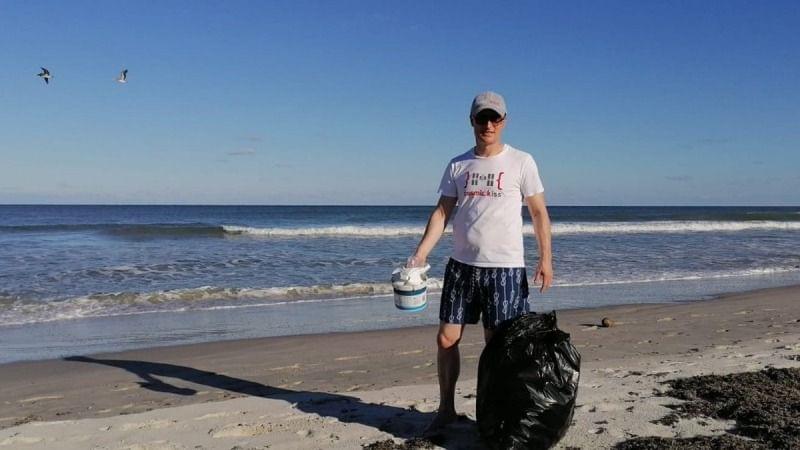✅ Instagram: https://www.instagram.com/pro_robots.
You are on PRO Robots Channel and in this digest roundup you will see: immortality technology, artificial muscles for robots, a robot chef printing food on a 3D printer, a home robot from Amazon and what it did not please the experts, Honda’s plans to create robots, rockets and flying cars, the unusual drone Prometheus, NASA’s mission to Jupiter, Samsung neuromorphic chip, unusual robots. Exhibition of the latest robotic weapons in the U.S., Boston Dynamics is preparing to release new robots every 3–5 years, unusual experiments with four-legged robots and more. Watch the video to the end and write in the comments, which news interested you more than others?
0:00 Immortality technology from Jeff Bezos | Technology News.
9:50 New home robot from Amazon | Robot spider from Apex Legends | Technology News.
18:50 Samsung neuromorphic chip copies memory | Drone superpowers | Technology news.
28:32 The latest military robots at U.S. 2021.
#prorobots #robots #robot #future technologies #robotics.
More interesting and useful content:
✅ Elon Musk Innovation https://www.youtube.com/playlist?list=PLcyYMmVvkTuQ-8LO6CwGWbSCpWI2jJqCQ
✅Future Technologies Reviews https://www.youtube.com/playlist?list=PLcyYMmVvkTuTgL98RdT8-z-9a2CGeoBQF
✅ Technology news.
#prorobots #technology #roboticsnews.
